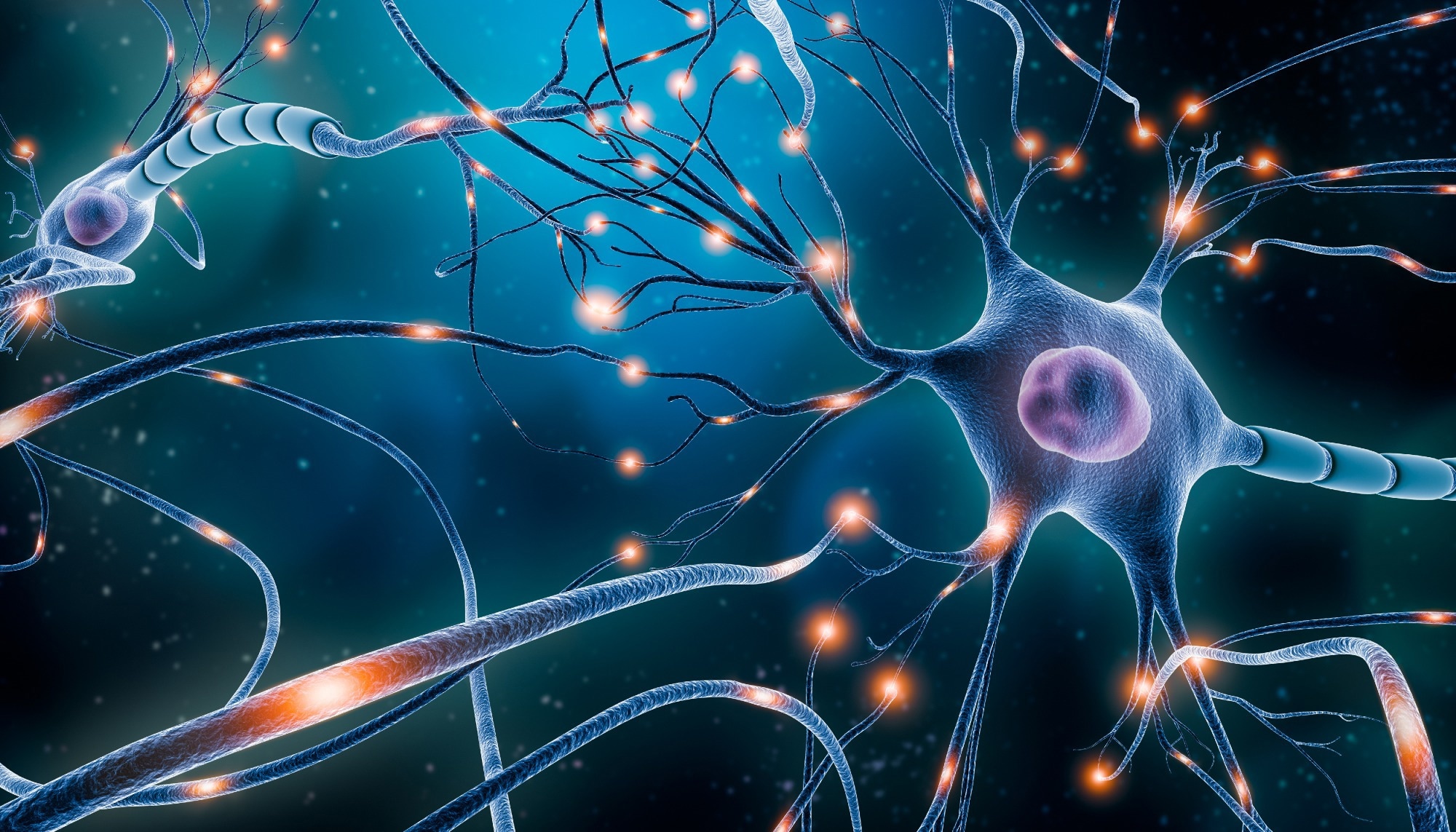Using microfluidic devices and mathematical models, scientists uncover how directional connections in modular networks mimic brain-like activity, paving the way for breakthroughs in medicine, AI, and brain research.
 Research: Directional intermodular coupling enriches functional complexity in biological neuronal networks. Image Credit: MattL_Images / Shutterstock
Research: Directional intermodular coupling enriches functional complexity in biological neuronal networks. Image Credit: MattL_Images / Shutterstock
Uncovering the relationship between structure (connectivity) and function (neuronal activity) is a fundamental question across many areas of biology. However, investigating this directly in animal brains is challenging because of the immense complexity of their neural connections and the invasive surgeries that are typically needed. Lab-grown neurons with artificially controlled connections could become a useful alternative to animal testing, particularly as we learn how to characterize their behavior accurately.
A research team at Tohoku University used microfluidic devices to reveal how directional connections shape the complex dynamics of neuronal networks. The devices incorporated asymmetric microchannels designed to bias axonal growth in specific directions, mimicking feedforward connectivity seen in natural neuronal systems. They also developed mathematical models based on experimental data to predict how connectivity influences activity across space and time.
The results were published in the journal Neural Networks on November 28, 2024.
Like a river current, directional connections in neuronal networks propagate signals in a downstream flow from one area to another. A microfluidic device has tiny channels that can precisely direct the flow, which can help fabricate neurons that react more similarly to in-vivo models. By studying in-vitro neurons in a lab environment, the research team was able to efficiently and constructively explore whether one-way connections play other fundamental roles in shaping brain dynamics.
"The brain is difficult to understand, in part, because it is dynamic—it can learn to respond differently to the same stimuli over time based on a number of factors," says lead author Nobuaki Monma.
The research team fabricated neuronal networks bearing modular connectivity (as observed in animals' nervous systems) and embedded directional connections between modules using microchannels. The microchannels introduced propagation delays in reverse directions, suppressing excessive synchrony in the network. The connections were embedded in a feedforward manner to minimize excessive excitatory reactions. Using calcium imaging to record spontaneous activity exhibited by the neuronal network, they found that networks incorporating directional connections exhibited more complex activity patterns compared to networks without directionality.
In addition, the researchers developed two mathematical models to clarify the underlying network mechanisms behind biological observations and to predict configurations that would yield greater dynamical complexity. One of these models, a state-transition model, analytically represented network dynamics by calculating the eigenvalues and eigenvectors of the transition matrix. This allowed the team to predict the balance between synchronization and segregation across different network structures.
"The findings of this study are expected not only to deepen our fundamental understanding of neuronal networks in the brain but also to find applications in fields such as medicine and machine learning," proposes Associate Professor Hideaki Yamamoto.
The research also demonstrated how this approach can serve as a foundation for future connectome analysis by combining experimental observations with theoretical predictions. This may also offer an in-vitro model for developing biologically plausible artificial neural networks. Further theoretical advancements would also contribute to modeling large-scale networks, which may provide insights into future connectome analysis of the brain. The more thoroughly we understand these neuronal networks, the more it could be used as a trusty tool to unlock the many mysteries of the brain.
Source:
Journal reference:
- Monma, N., Yamamoto, H., Fujiwara, N., Murota, H., Moriya, S., Hirano-Iwata, A., & Sato, S. (2025). Directional intermodular coupling enriches functional complexity in biological neuronal networks. Neural Networks, 184, 106967. DOI: 10.1016/j.neunet.2024.106967, https://www.sciencedirect.com/science/article/pii/S0893608024008967